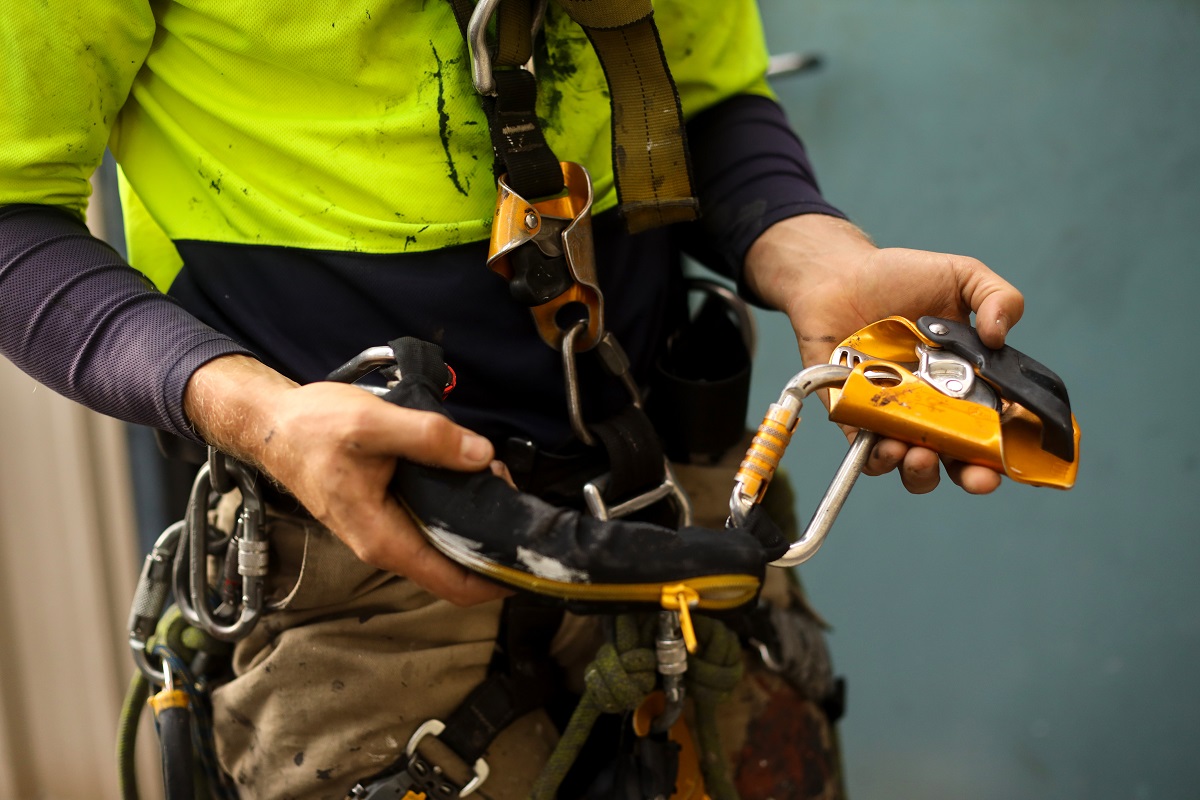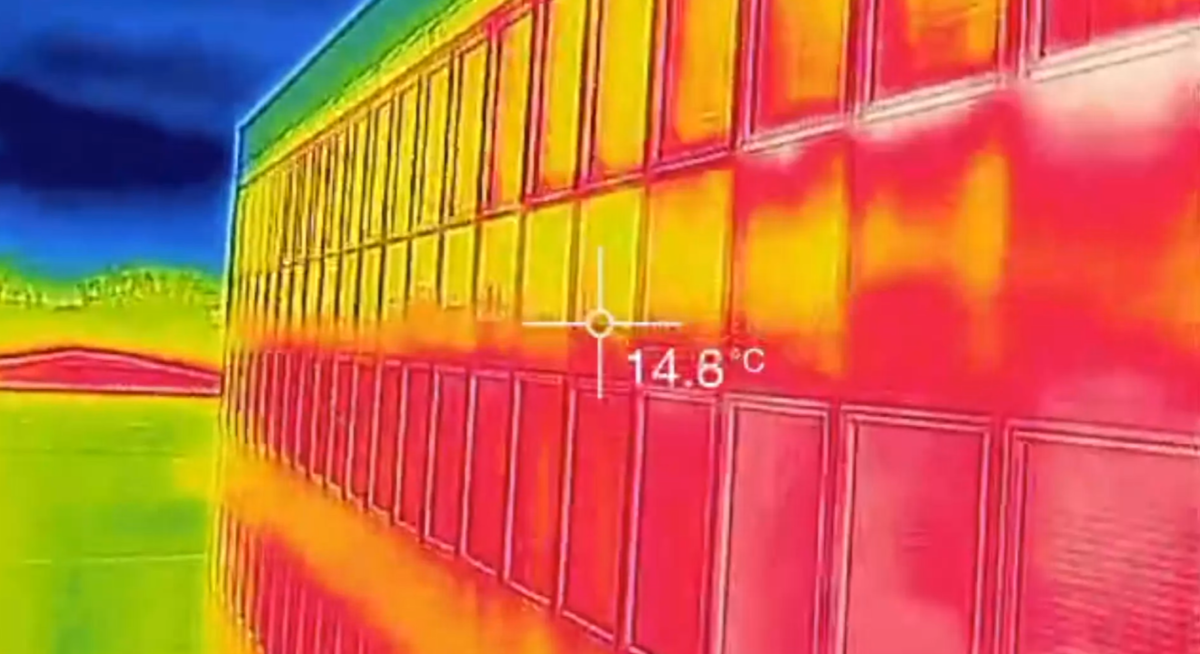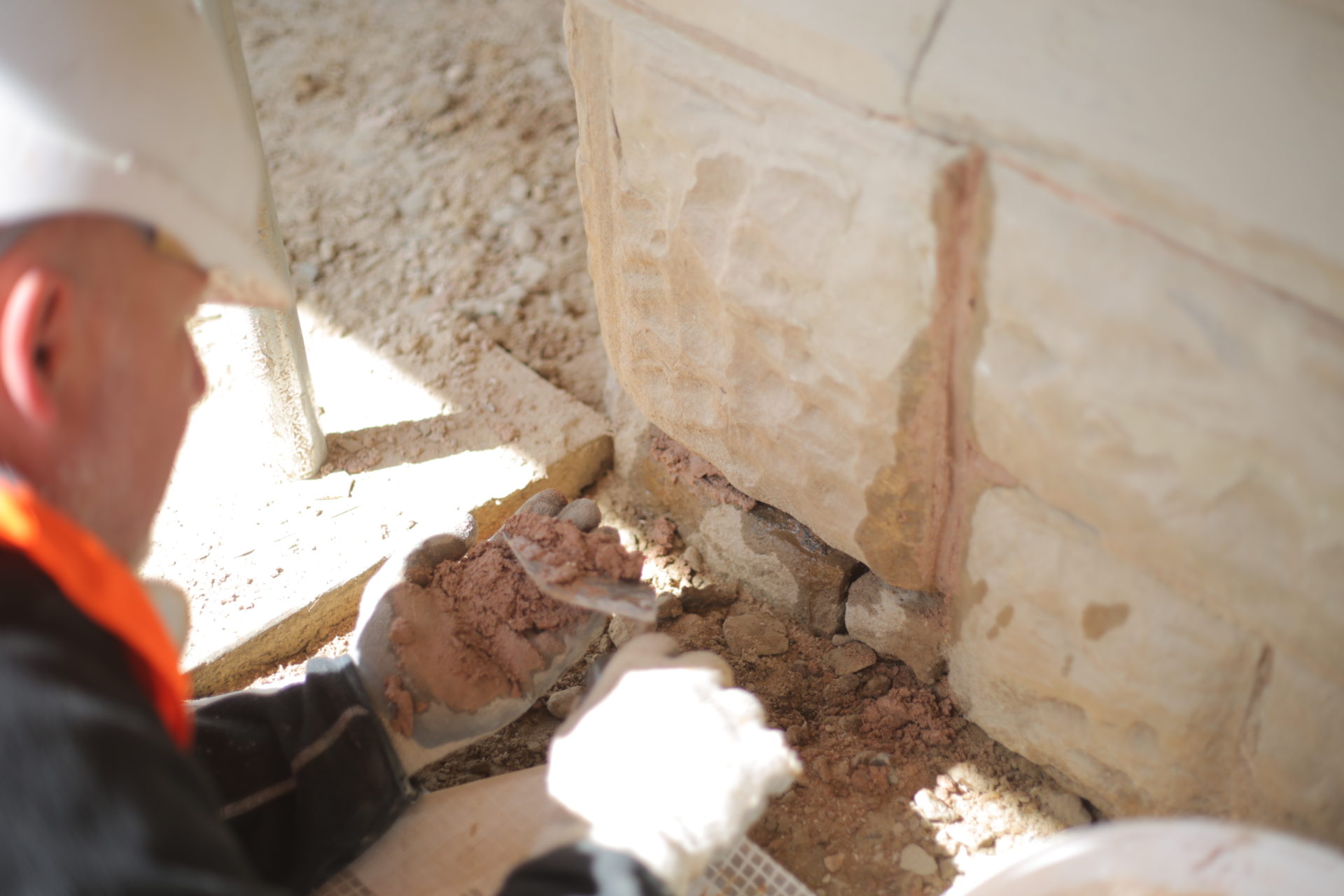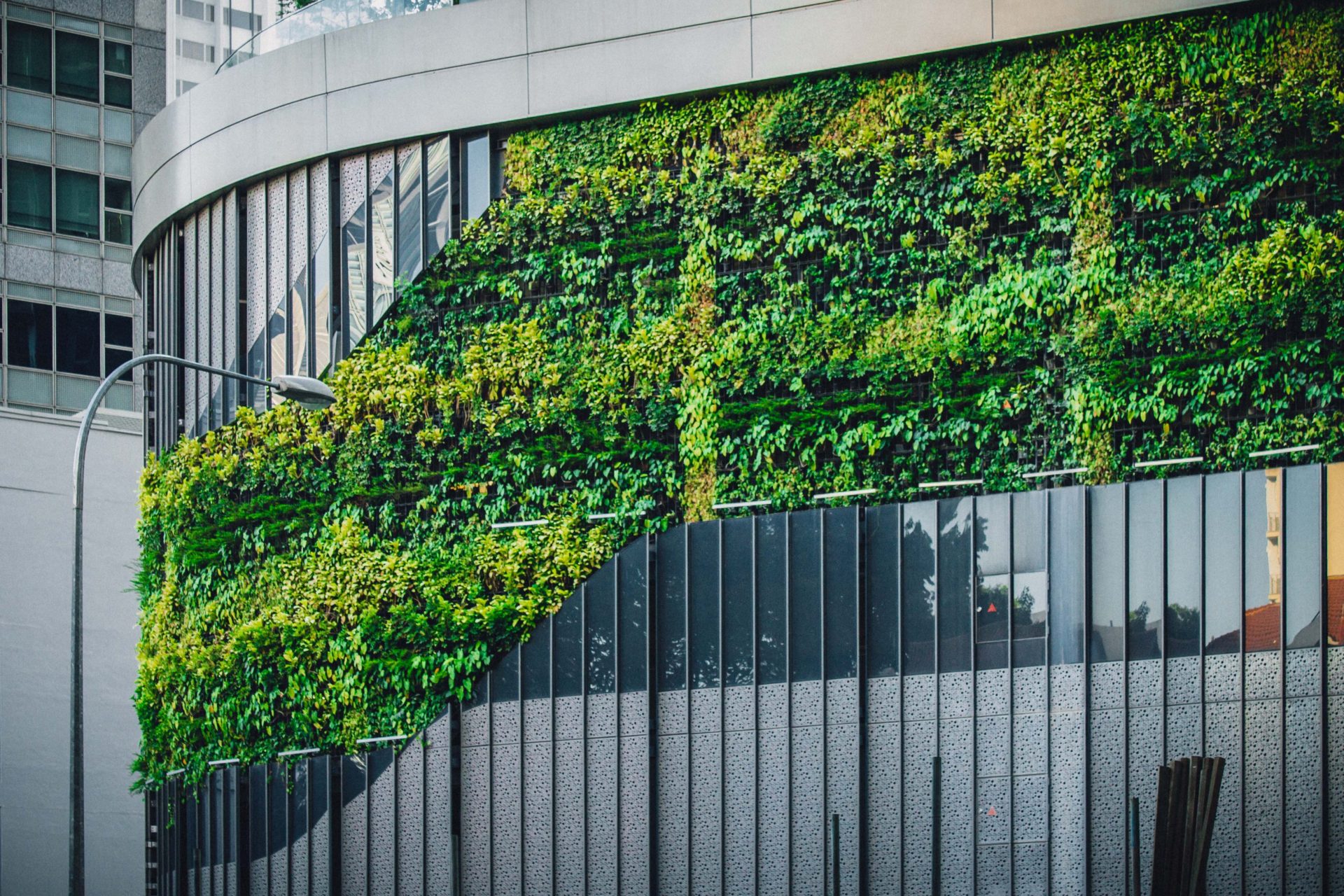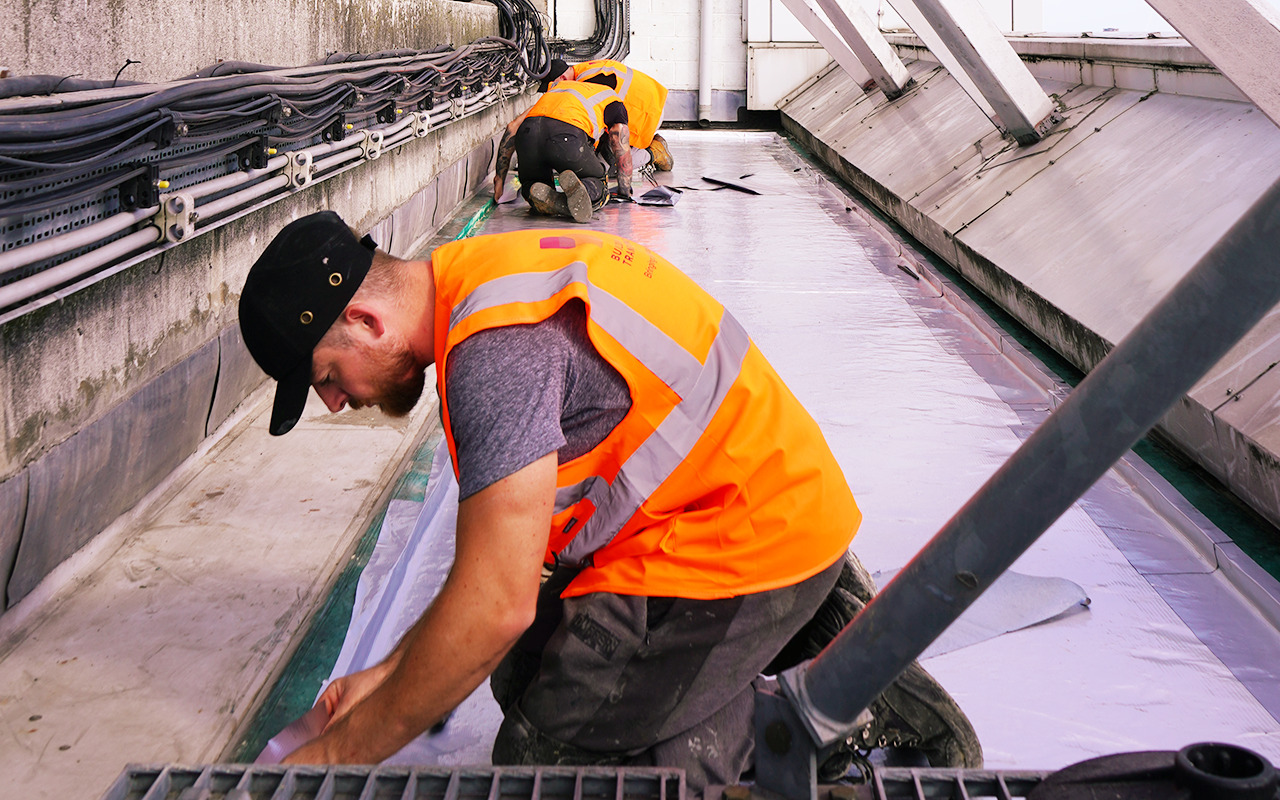The historic ecosystem is a vital part of the cultural identity of the UK. It is made up of many individual historic features known as historic assets. Among these valuable historic assets, heritage and listed buildings hold a special place in defining the distinctive character of all our places and to the quality of life.
Conservation means managing change carefully in order to protect what is important and special about historic and listed buildings. When the decisions are made about change, we need to understand what is significant about them and the likely impact of any change.
When a building or structure is listed, every part of it will be listed. A building is not usually listed for one particular feature but is listed as a whole, all parts being considered important. While it is easy to understand that the exterior appearance of a building is of historic and aesthetic importance it is often not appreciated that the hidden structure is also considered to be important.
Principles of Conservation
There are five main “principles of conservation” which are listed below. It needs to be noted that these principles may not apply to all buildings
- Conserve as found
- Minimum intervention
- Like for like repairs
- Repairs should be reversible
- Repairs should be sympathetic
Conserve as found
The concept stresses on conserving the building as it is. However, when it comes to building defects such as decay, moisture ingress and others which may affect the structural integrity exceptions may apply. Some defects such as limited amount of staining add character to the building. Such defects become an integral part of the building itself signifying its history. In such instances, it is not advisable to alter them unless they compromise the safety requirements.
Minimum intervention
Similar to the above concept, minimum alteration is critical to preserve listed buildings and lengthen their lifespan. The intervention is dependent on the nature and scale of the defect. If a building is facing significant levels of deterioration, the works undertaken will be significant to ensure its safety. The top priority should always be to undertake minimum work to avoid altering the existing state of the building.
Like for like repairs
If the defective element is timber, then ideally it should be replaced with timber. The same principle applies to brick, stone or whatever material was originally used. However, it is permissible to use a different material when this would result in the loss of less original material.
If it is just the end of the beam then perhaps a new piece of timber might be scarfed on thus saving the remainder of the beam as it has been found whereas if the decay is more central then perhaps a repair involving steel might be more acceptable, particularly if such steel can be hidden as replacing the whole beam to repair a relatively small defect would be more destructive.
Repairs should be reversible
Ideally, all repairs should be made in such a way that they can be taken out, leaving little or no permanent damage to the original structure should future advances in techniques result in a better solution becoming available. As with the philosophy for like for like repairs, reversible repairs are not always the best solution however trying to make repairs that are reversible means that any repairs carried out will be done with a light touch.
Repairs should be sympathetic
Each intervention should, as far as possible, respect the concept, techniques and historical value of the original or earlier states of the structure and leaves evidence that can be recognised in the future. A sympathetic repair does not mean distressing a new piece of timber to make it look old but means repairs that are in keeping with the historic value of the structure.
In summary, the following questions should be posed carefully before undertaking repairs on a listed building :
- Are the repairs really required or will the building survive without them?
- Does the proposed work improve the overall structural stability of the building?
- What damage will be caused if these repairs are carried out?
- Will the repairs be seen?
- If they are seen, are they to blend in with the existing fabric or are they to contrast whilst still being in harmony?
- Will future historians be able to date the repairs?
- If there is a need to mix materials, what effects might this have?
- Will the building lose its inherent flexibility which enables it to cope with climatic changes without distress?
- Do the proposed methods meet the axioms “minimum intervention” and “conserve as found”?
At Building Transformation, working with minimal intervention, utilising methods and techniques aligned with the building’s history and future performance needs, conservation and sustainability are at the heart of what we do. We can provide a complete external stone cleaning service, a complete façade restoration, masonry repair and cleaning solution for ecclesiastical, historic and listed properties.


